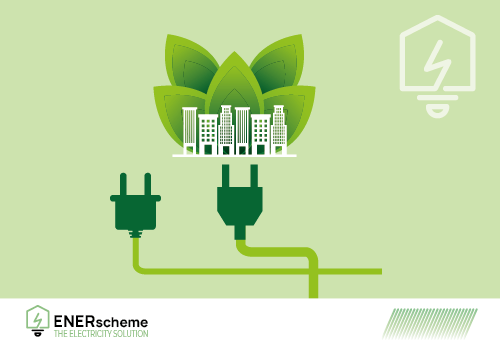
In this paper a methodology the optimal selection of the size and the proper configuration of the renewable energy sources (RES) and the electric energy storage system (EESS) for the conversion of a conventional structure into a nearly-Zero Energy Building (nZEB) is proposed. Specifically, a genetic algorithm using historical 10-minute average data for weather conditions and electrical consumption selects the optimal size and configuration for given requirements. The proposed methodology adopts a holistic approach for the optimization of equipment selection taking into account factors beyond the initial and running costs, that are usually neglected. Factors such as the depreciation of initial investment, self-consumption rate, simultaneity of generated and consumed power, impact of variable depth-of-discharge (DoD) to the EESS state-of-health (SoH) can highly affect the size, reliability and maintenance of the selected equipment. The proposed methodology is based on the genetic algorithm technique and the optimal selection of the size and the configuration of the RES and EESS is attained by minimizing a cost function that considers all the key factors that could affect the nominal power, cost, maintenance, durability and effectiveness of the RES and EESS. Moreover, the history of the weather and the energy consumption data of the building’s residents is taken into account in the proposed methodology. Therefore, the ultimate impact of the proposed methodology is the further reinforcement of the trend to convert conventional buildings to nZEB. The algorithm is developed and tested in the Matlab-Simulink environment and selected simulation results for various optimization scenarios are given in the final section.

